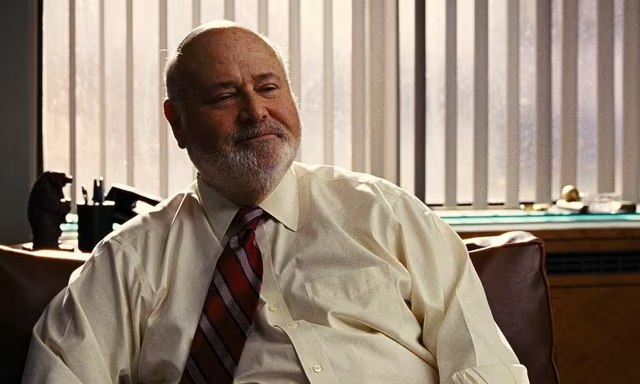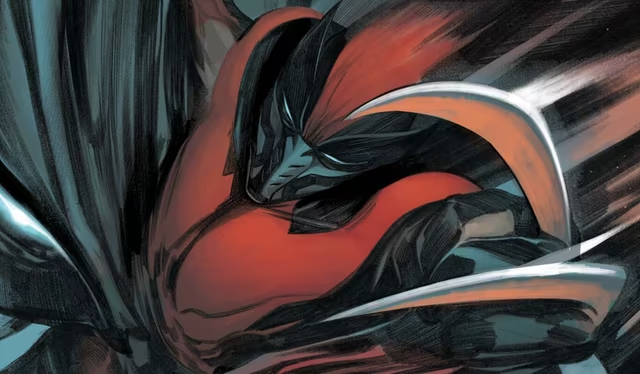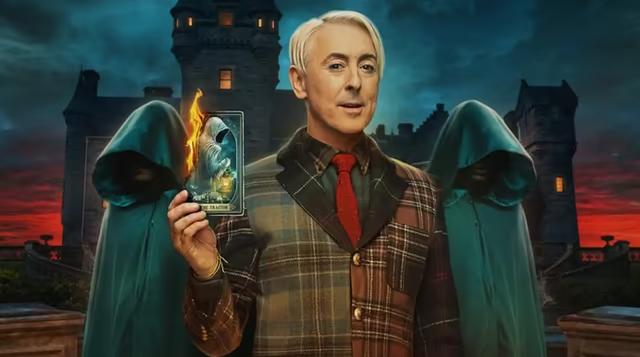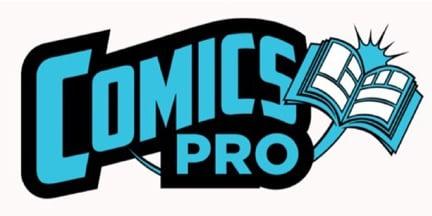If you click on a link and make a purchase we may receive a small commission. Read our editorial policy.
DC and Marvel mainstay, Captain America, Flash and Superman artist Jackson 'Butch' Guice dies, aged 63
Jackson Guice, who brought the worlds of Superman, Captain America, and the Flash to life for four decades, has passed after a period of ill health, his family has announced

Jackson “Butch” Guice, a comic book artist whose work on characters including DC’s Superman and the Flash, Marvel’s Captain America, Iron Man, Doctor Strange and countless others made him into a mainstay for publishers and fans alike, passed on May 1, 2025, according to a statement after ongoing health issues, according to a statement from his family.

Guice’s career spanned decades, with runs on everything from Marvel’s Micronauts — his first professional work in the early '80s, which included a four-issue X-Men and the Micronauts miniseries at the height of the X-Men’s success — to DC’s Action Comics during the '90s sales boom for the Superman franchise, and decades later, collaborations with Ed Brubaker on Captain America that included early appearances of The Winter Soldier. In an industry that sees any number of creators burn brightly and briefly, Guice’s trajectory was something different; while he never had one singular breakout project, he was a journeyman whose presence was oddly reassuring, a mark of both quality and stability.
That’s not to say his work lacked excitement or wasn’t flashy; anyone familiar with his work from any period knew that he was able to construct a page with as much dynamism as anyone, especially as he moved into the later periods of his career. While there was an essential ‘Guice-ness’ to his work — a visual throughline to his line that was close to photorealism while never weighed down by the actual laws of physics — he visibly moved through eras of influence that were clearly learning opportunities as he analyzed and learned from the greats: his earliest work owed much to Michael Golden, while in the 1990s, he was visibly in a Jack Kirby period (especially on much of his Superman work); in the 2010s, he brought in elements of Jim Steranko’s 1960s pop art stylization.
 1 of 4
1 of 4Attribution




Attribution
Throughout all of it, he was never following trends, but seeking to improve his work and the quality of whatever project he was working on at the time. In the best sense, Guice was a journeyman — an artist who brought the same care to a project like DC’s Birds of Prey as he did to CrossGen’s Ruse, a Victorian detective story from the early '00s, or any other of the countless comic books he worked on throughout his four decades in the business.

In his newsletter on Guice sent a day after the artist’s death, Chip Zdarsky — who worked with the artist on Marvel’s Invaders in 2019, called him “a consummate draftsman who inherited the mantle of a style originated by greats like Alex Raymond and Al Williamson, Butch was their equal, the artist you went to when you needed to feel like these characters actually existed, actually had real, genuine emotions… the gold standard of a comic book artist and we’re all so incredibly lucky that he left us so much of his work to enjoy.”
The gold standard, indeed. May others learn from his example, after his passing — and maybe we should all go read an issue of our favorite Guice comic in his memory, as well. (Swords of the Swashbucklers for me.)
Follow Popverse for upcoming event coverage and news
Find out how we conduct our review by reading our review policy
Let Popverse be your tour guide through the wilderness of pop culture
Sign in and let us help you find your new favorite thing.
















Comments
Want to join the discussion? Please activate your account first.
Visit Reedpop ID if you need to resend the confirmation email.